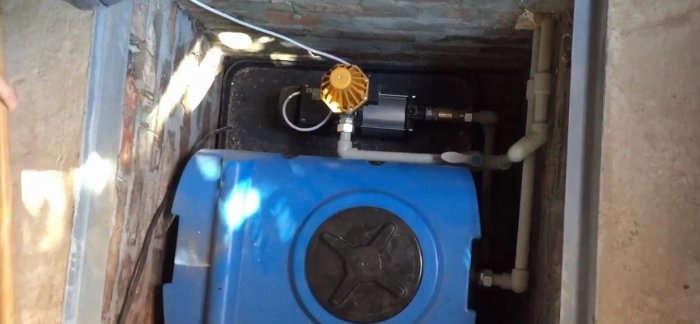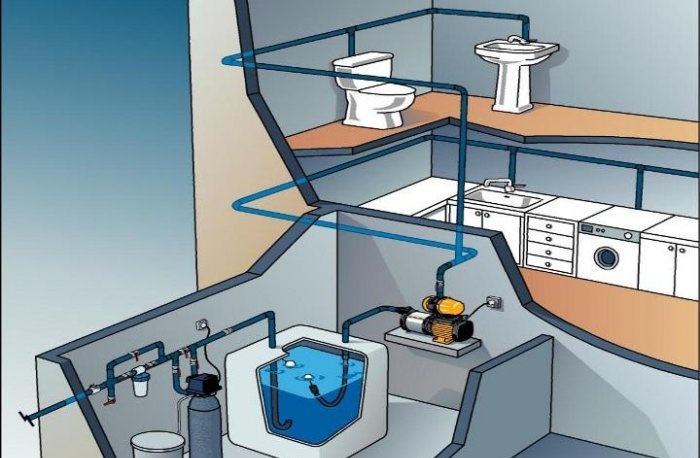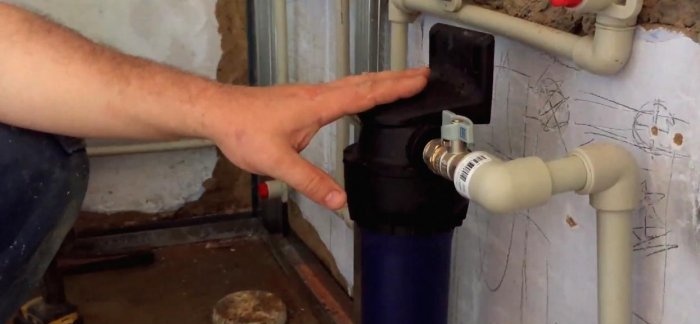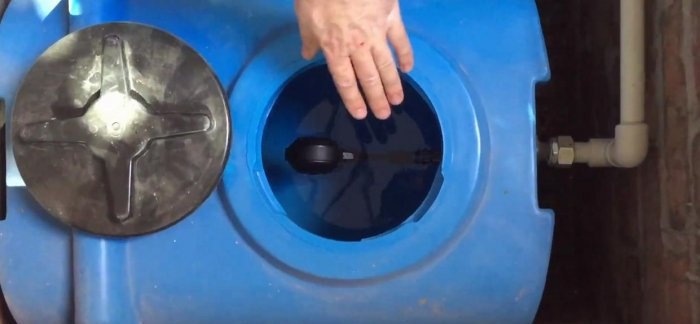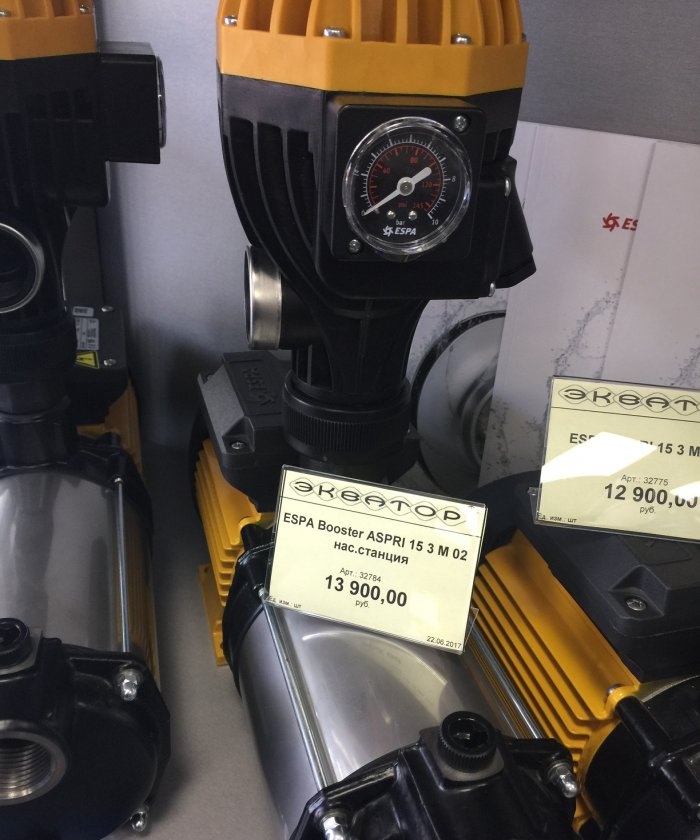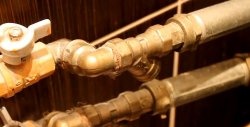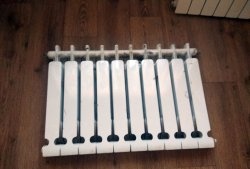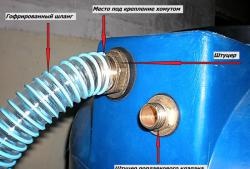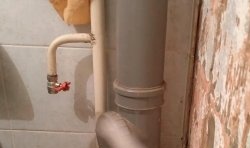How to increase water pressure in a private home
Most of us are accustomed to using centralized water supply. It is convenient, affordable and in a standard situation does not require any additional equipment. Basically, this is truly the best method of water supply, without serious disadvantages. The key to successful use of water supply networks is an uninterrupted supply of water and its optimal pressure in the pipeline. Unfortunately, this is not always the case, especially when connecting several devices at the same time.
Causes of low water pressure
Before eliminating low water pressure, it is necessary to find out the reasons for this phenomenon. They may be as follows:
- Accidents or leaks on the main pipeline;
- Clogged pipes that prevent normal water circulation;
- Malfunction of filter elements;
- In-house leaks of valves, taps, etc.
In centralized networks, the prevailing reason is a deliberate reduction in the power of the pumping and distribution station. To save money, one or more pumps can be turned off, and the system automatically reduces the overall water pressure in the main.And this is despite the fact that there are legal standards for minimum pressure in water supply networks.
For initial control, you can install a pressure gauge at the pipeline inlet - in a well or basement - that will show the pressure value in real time. It's also worth asking your neighbors if they have the same problem.
If this phenomenon is observed only in your internal water supply distribution, you can resort to the following method.
Solving the problem of low water pressure
If the pressure in the pipeline is sorely lacking, supplement the water supply distribution with a pumping station. This unit is based on a powerful and waterproof centrifugal pump, capable of providing water even to a vertical distribution system with several consumers. This scheme is used in two and three-story buildings.
The pumping station is connected after the storage tank, which in turn must be equipped with a locking mechanism, for example, a float. When a certain level is reached, the nipple mechanism shuts off the water supply with a shut-off valve. The pumping station does not require any special connections. The only thing worth considering is the lining with taps at the inlet and outlet of the unit, for dismantling in case of breakdown, revision or cleaning of the filter.
Implemented version of the system
Here is the finished system. Input coarse filter.
Tank with float-locking mechanism.
Pumping station.
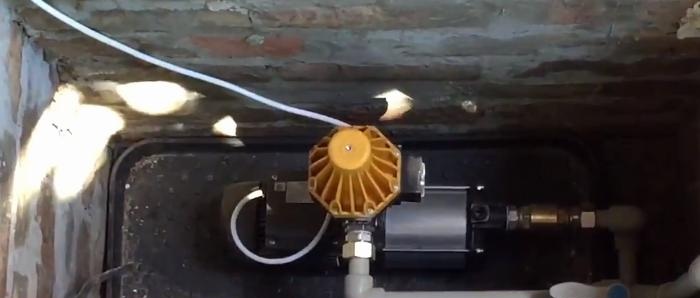
General form:
Fully automatic system. The pump automatically turns on when the pressure drops and also turns off when it is reached.
How to choose a pumping station
The choice of pumping equipment for indoor water supply distribution depends on the following factors:
- Line length;
- Number of plumbing fixtures and water consumption points;
- Type of line – horizontal or vertical;
- The number of people living in the house.
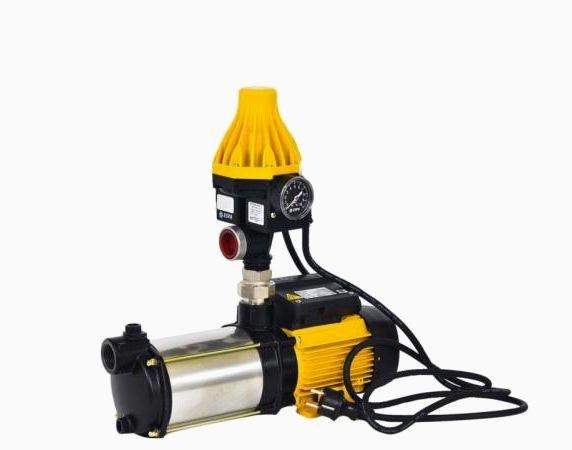
The amount of water per person per day is determined by its consumption for household and household needs, as well as the presence of communications such as sewerage. Since there cannot be a single water consumption regime, to determine such indicators, averaged parameters are taken, depending on the area of residence and the type of institution - administrative, industrial or residential (urban or suburban).
Pump used in this system:
Watch the video
For more information, watch the video.
Similar master classes
Particularly interesting
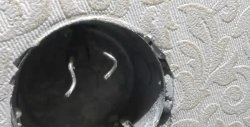
How to install a socket if there are short wires left
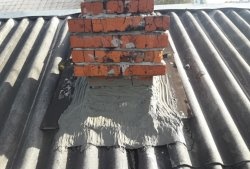
How to eliminate gaps between the chimney and slate

How to mix an ultra-reliable solution for the oven that does not give

There will be no more cracks: What to add to concrete to make it
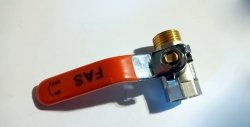
Never buy ball valves without checking with me

New technology for floor insulation with penoplex
Comments (5)

